After simmering for years, the Costa Rica real estate market looks primed to blow up and is one of Lawyers Realty International’s top targets. Read on for an in-depth look at the country’s North Pacific Coast, a hub for some of the finest luxury real estate investment properties in all of Costa Rica.
LRI’s Quick Hits:
- Excellent investment areas are about a one-hour cab ride from the recently renovated international airport.
- Foreigners can buy titled property on a tourist visa.
- With planned infrastructure improvement projects, investment opportunities may present in underdeveloped areas where road access is currently limited.
Warning Shots
- Knowledgeable legal representation is crucial as the vast majority of beachfront is known as “concession property” with special ownership restrictions.
- Recent tax changes may narrow the profit margins for real estate transactions.
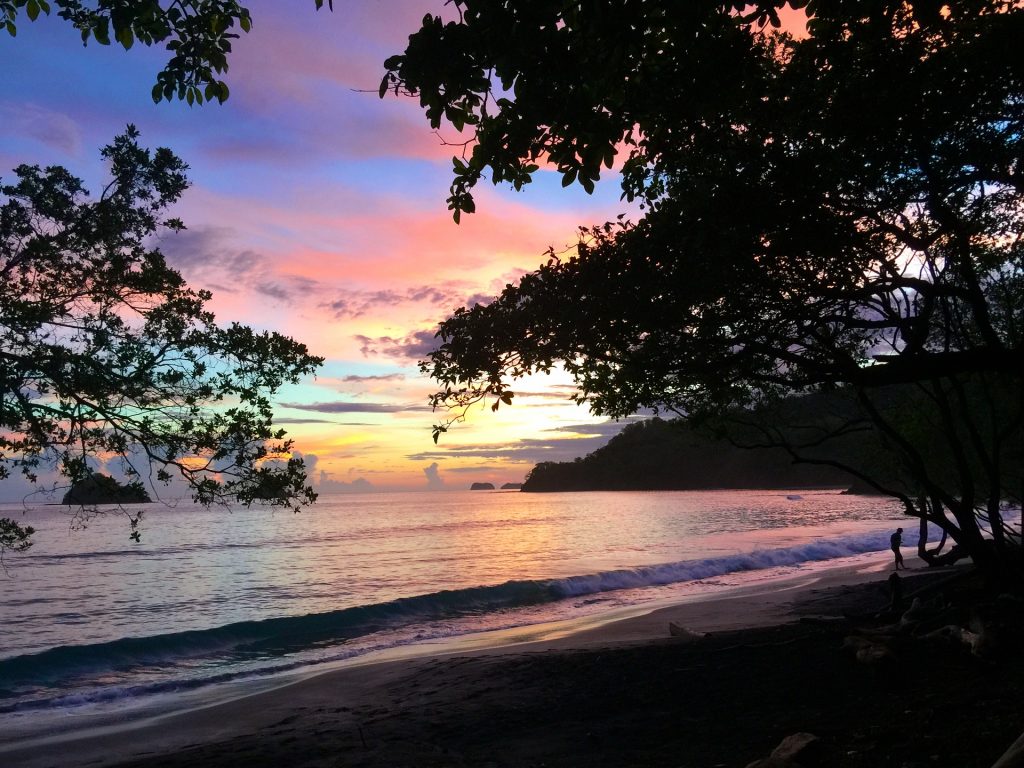
For at least the last twenty years, Costa Rica has been building its reputation as one of the best tourist destinations in the world. Here the adventurous can go zip-lining and stay in a tree-house, and those in need of R&R can have a spa day and eat organic cuisine. But it’s the natural beauties of this tropical paradise that are the biggest draw of all, rewarding visitors with white sand beaches, crystal blue waters, lush jungles, exotic wildlife, and soaring mountain ranges.
The numbers prove that Costa Rica offers all that vacationers, ecotourists, and retirees are looking for. In 2013, Costa Rica was the most visited country in Central America, with 2.4 million foreign visitors. In 2019, International Living dubbed Costa Rica the #2 place in the world to retire (after naming the country #1 in 2o18).
New developments have sprung up along the North Pacific Coast in the last 10 years to meet the growing demand, and the government has committed to a $4.6 billion infrastructure plan to improve the nation’s roads. A $10.3 million expansion to nearby Daniel Oduber International Airport (LIR) in Liberia was completed in summer 2018.
Given the buying power of the dollar, the consistent popularity with visitors, the potential for growth, and the stability of the government, we see this luxury real estate market as one tailor-made for savvy investors.
Background on Costa Rica
Costa Rica is known for it’s laid-back philosophy of pura vida, or “pure life.” Native Costa Ricans, informally referred to as “Ticos,” are famously welcoming of foreigners, who will find vibrant communities of ex-pats already living here. Spanish is the official language, but English is very common in the tourist and ex-pat areas.
The country enjoys one of the highest standards of living and has one of the most stable governments in Central America. In fact, its universal healthcare system and progressive social values often draw comparisons to Switzerland.
The economy has seen inflation as low as 0% in recent years, with GDP growth of around 2.8%, although a recent move to a 13% value-added tax from a traditional sales tax slowed growth in Q4 2018. Other new tax changes include a 15% capital gains tax (although taxpayers can deduct a fixed expense equal to 15% of the gross income from capital gains from real estate sales), and a 2.5% withholding tax on real estate sales for non-domiciled property owners.
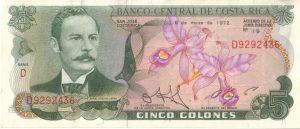 There is high demand for dollars in Costa Rica, with the exchange rate for colónes reaching its highest levels ever in late 2018. Merchants all over the country accept dollars, but cab drivers are likely to give you a poor exchange rate, so it’s best to use them at larger grocery stores and shops with computer systems.
There is high demand for dollars in Costa Rica, with the exchange rate for colónes reaching its highest levels ever in late 2018. Merchants all over the country accept dollars, but cab drivers are likely to give you a poor exchange rate, so it’s best to use them at larger grocery stores and shops with computer systems.
Getting There and Getting Around
Speaking of cab drivers, we recommend taking either a cab or bus to get around, as some of the roads are in poor condition. To get to the North Pacific Coast–where you’ll find breathtaking beaches, one after another, such as Playa Hermosa, Playa Flamingo, and Playa Conchal, voted one of the 50 best beaches in the world by FlightNetwork–fly into LIR and take one of the orange taxis. You can reach any one of those beaches within 75 minutes.
Citizens of the United States, Canada, and EU nations need only a passport, not a visa, to enter Costa Rica and stay for up to 90 days. However, there are several residency categories that you can seek for yourself, your spouse, and any children under age 25:
- Pensionado: You can apply for a pension-based retirement residency if you can demonstrate a lifetime pension income of at least $1,000 per month.
- Rentista: To qualify for an income-based residency, you’ll need a letter from your bank or financial institution verifying a “permanent, stable and irrevocable” source of income totaling at least $2,500 per month for two years. Costa Rican banks will issue this letter upon deposits of at least $60,000.
- Inversionista: The investor program stipulates that you can obtain residency with a $200,000 USD minimum investment (single or combined) in “tangible property, shares, negotiable instruments, productive projects or projects which are deemed of national interest.”
Let’s take a look at a few of the nicest areas in the North Pacific Coast…
Tamarindo Luxury Real Estate
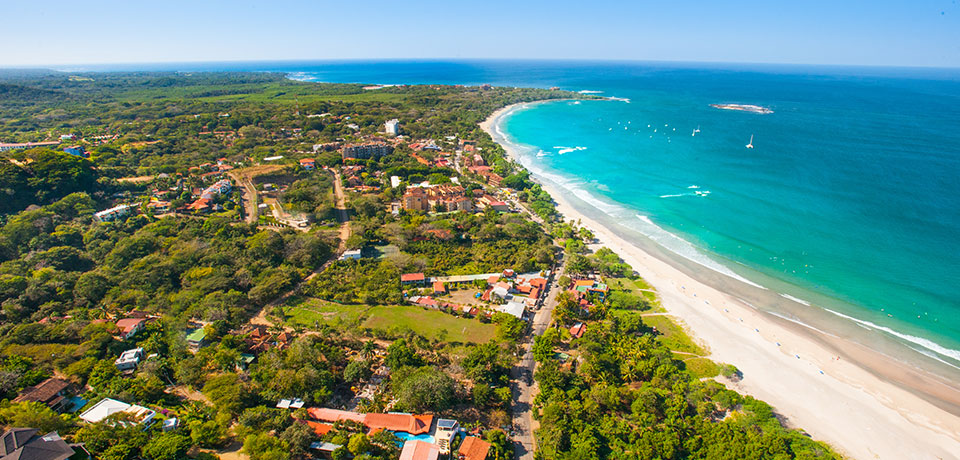
Although some Costa Rican towns remain tiny, “undiscovered” fishing villages, Tamarindo is not one of them. With popular surfing beaches such as Playa Langosta, and Playa Grande La Baulas National Park, the famous nesting area for massive leatherback turtles; dynamic nightlife; a strong crop of shopping and dining options; outdoor sports; and more, Tamarindo is both a premier tourist destination and prime investment target.
Whether you’re interested in a luxury vacation home or an income-generating investment property, Tamarindo very likely has a match for you. Boutique hotels a couple blocks from the beach begin around $1 million, with a 3-bed, 3.5-bath condo in a gated community in the hills overlooking the ocean running about the same price.
As expected, the closer you move toward the beach, the costlier the property. True beachfront luxury homes can fetch $2-$5 million and typically include spectacular pool and patio areas, ample living space, and first-world amenities.
Undeveloped beachfront property in this area is harder to find, though not impossible; be prepared to pay upwards of $600,000 per acre for pristine hotel or residential beachfront development property. Bargains can be had on undeveloped land or new home construction in certain inland areas where road access remains difficult.
Flamingo Luxury Real Estate

Featuring a gorgeous white-sand beach nearly one mile long and home to the country’s largest marina, Flamingo is more residential than Tamarindo and also more relaxed, though every bit as upscale. It’s also one of the few places left in Costa Rica where you can find titled beachfront property (more on this below).
The Playa Flamingo area is loaded with luxury home options and high-end condos with incredible ocean views. For example, units in The Palms condominiums right on the beach afford clear views of the Pacific and range from $999,000 to $1.2 million. The 360 Splendor Del Pacifico development offers three- and four-bedroom unfurnished penthouses for $1.5 million up to $3.5 million.
While multi-million-dollar estate homes are common along the beach, you can also find them slightly north of Flamingo in the hills. Here an ocean view can become a panoramic experience. Nestled above Penca, Prieta and Sugar Beaches below, the Pacific Heights community, for example, features luxury home sites of 1 acre and up that begin at $800,000.
For undeveloped lots in Flamingo, prepare to pay upwards of $300,000 per acre for land without ocean views, $1 million per acre and up for ocean-view property, and as much as $2 million for plots right on the white sand.
Papagayo Peninsula Luxury Real Estate
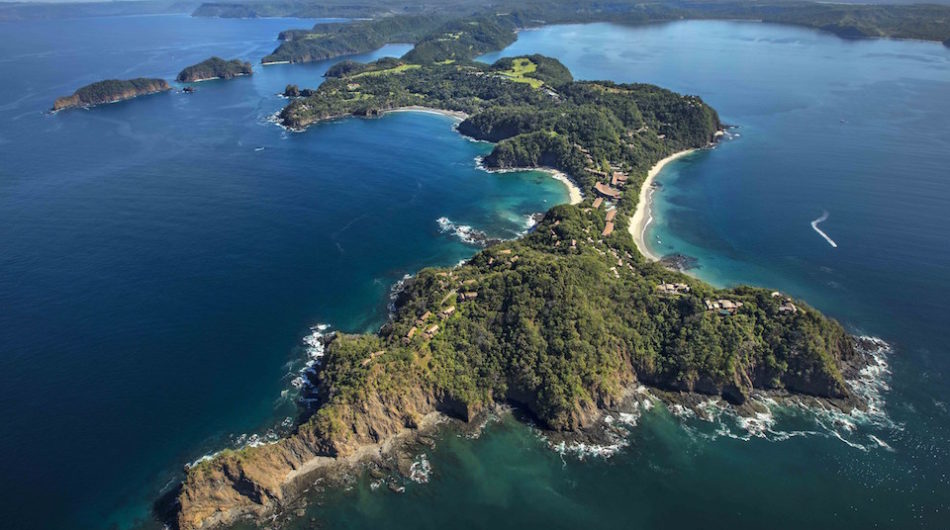
Allen Kennedy Photography
No discussion of Costa Rica luxury real estate would be complete without mentioning Papagayo Peninsula. In the last few years, this secluded locale has been a hotbed of real estate investment by heavy hitters like Miami-based international real estate developer Gencom, which recently completed the second phase of a $100 million enhancement project.
Gencom’s 1,400-acre Peninsula Papagayo is basically a peninsula-wide master planned community that includes Four Seasons private residences that range from $3.9 million all the way up to $8.5 million for a 4-bed, 4-bath overlooking Prieta Bay. (As of this writing, the “custom residences” that range from $8.5 million to $10.75 million have sold out.) The bylaws allow renting and most of the owners here are American, Canadian, or European.
Residence in Peninsula Papagayo grants homeowners access to amenities like exclusive land and ocean excursions, an Arnold Palmer Signature golf course, fine dining, and community programming. Another benefit to owning in this area is that the Gulf of Papagayo has special concession rules that do away with some of the stricter requirements.
Costa Rican Titled Property vs. Concession Property
Before you purchase that luxury home right on pristine Costa Rican beachfront, it’s important to note the difference between titled property and “concession” property. Much like Hawaii, Costa Rica is a fervent defender of its natural treasures, which is both a blessing and a curse to investors.
Because all beaches here are public domain, the first 50 meters of beachfront are considered public zone. It’s possible to buy land inside the next 150 meters, but that combined 200 meters is known as Maritime Zone and special rules govern property ownership inside it.
To buy in the Maritime Zone, you must obtain a concession (typically for 20 years) from the Costa Rican government, which is essentially a lease. Provided you abide by the terms of the concession, the government is obligated to renew your concession when it ends. The property will have higher taxes, tougher development restrictions, and more stringent purchase requirements.
Yet despite the drawbacks, concession property remains the most highly coveted real estate in the nation and is overwhelmingly held by foreign investors. At LRI, we can help you craft a course of action–such as creating a limited company through which to make a concession property purchase–to secure a piece of paradise that will appreciate in value and deliver countless hours of blissful relaxation.
International Luxury Living—Simplified.


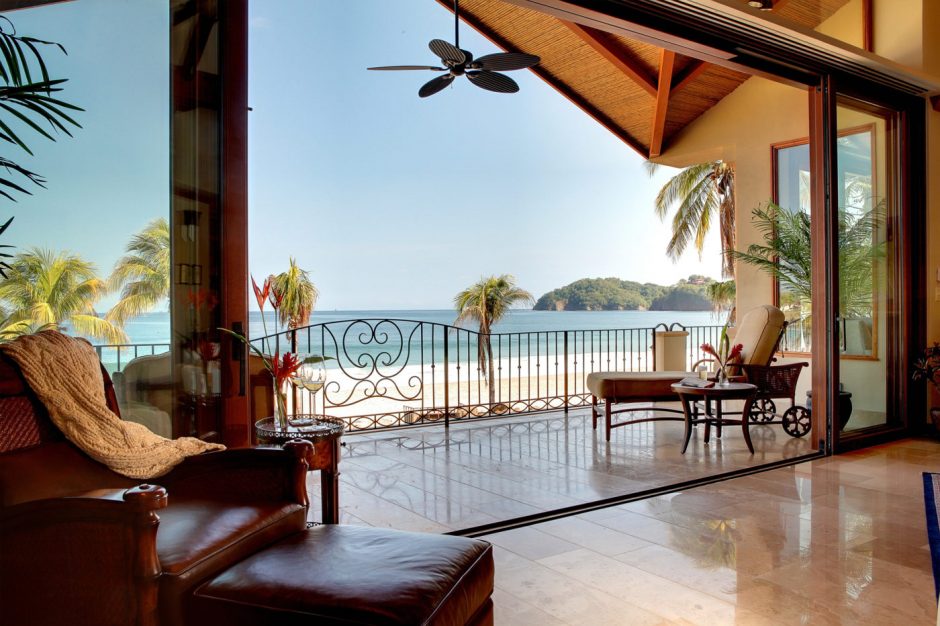
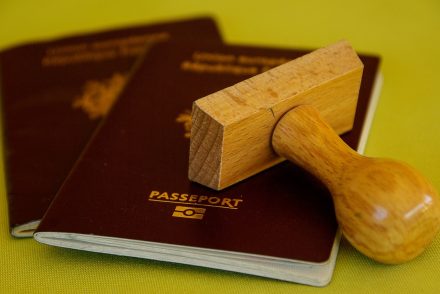

No Comments